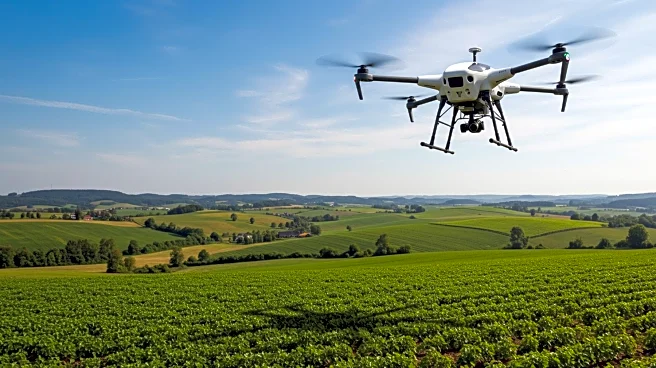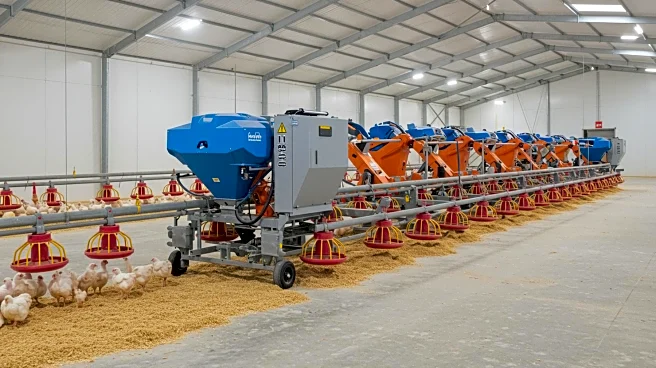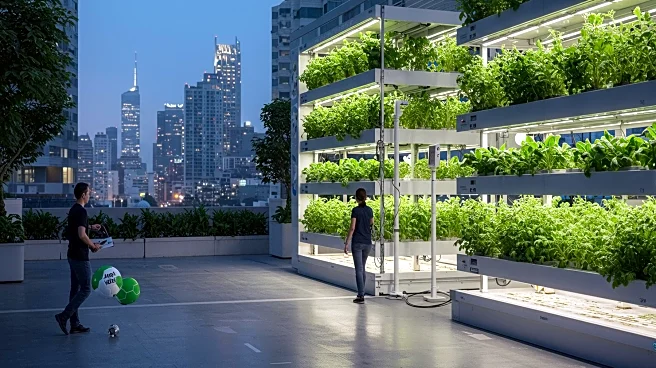Rapid Read • 9 min read
The global agriculture crop insurance market is projected to experience substantial growth, expanding from $44 billion in 2025 to $78 billion by 2032, according to a recent study by HTF Market Intelligence. This growth is expected to occur at a compound annual growth rate (CAGR) of 7.4%. The market is segmented by types of insurance, including multi-peril crop insurance, weather-index, named-peril/hail, revenue and price protection, livestock and dairy, parametric, area-yield, and micro-insurance. The market is also categorized by application, covering row crops, specialty/horticulture, smallholders, cooperatives, commercial farms, agri-lenders, and government schemes. The Asia-Pacific region currently dominates the market, while North America is identified as the fastest-growing region. Key players in the market include major insurance companies such as Munich Re, Swiss Re, Allianz, AXA, and AIG.
AD
The expansion of the agriculture crop insurance market is significant as it reflects a growing need for risk management solutions in the agricultural sector, particularly in the face of climate volatility. This growth is likely to benefit farmers by providing them with financial protection against unpredictable weather patterns and market fluctuations, thereby enhancing their resilience. The involvement of both private insurers and public subsidies indicates a collaborative approach to addressing agricultural risks. The digitization of insurance processes, through the use of satellite and IoT data, is expected to improve underwriting accuracy and expedite claims processing, further supporting the agricultural community. This market growth could also stimulate economic activity in related sectors, such as technology and finance, as they develop solutions to support the insurance industry.
As the market continues to grow, stakeholders can expect increased competition among insurance providers, which may lead to more innovative and tailored insurance products. Governments may also play a more active role in supporting the market through subsidies and policy frameworks that encourage insurance adoption among farmers. Additionally, advancements in technology, such as remote sensing and parametric triggers, are likely to further enhance the efficiency and effectiveness of crop insurance products. The ongoing development of these technologies will be crucial in adapting to the challenges posed by climate change and ensuring the sustainability of agricultural practices.
The growth of the agriculture crop insurance market also raises important ethical and policy considerations. As insurance becomes more integral to agricultural sustainability, questions about accessibility and affordability for smallholder farmers and those in developing regions may arise. Ensuring that these groups are not left behind will be a critical challenge for policymakers and industry leaders. Furthermore, the reliance on technology in insurance processes highlights the need for robust data privacy and security measures to protect sensitive information.
AD
More Stories You Might Enjoy










